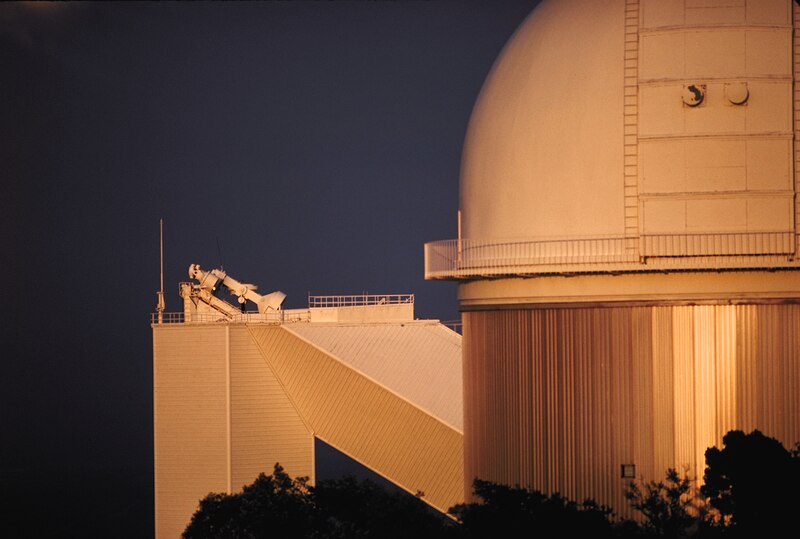Ladakh's Harsh Landscape: A New Frontier for India's Space Exploration

In the heart of the cold deserts of Ladakh, a significant leap in India's space exploration is set to unfold. The Indian Institute of Astrophysics (IIA), based in Bengaluru, has announced plans to establish a state-of-the-art 2-meter solar telescope in Merak, a location renowned for its pristine skies and minimal light pollution. This ambitious project aims to enhance our understanding of solar phenomena and contribute to global astrophysical research.
The Merak region, with its high altitude and dry climate, has long been recognized as an ideal location for astronomical observations. According to Dr. Anil Bhardwaj, Director of the IIA, the telescope will not only facilitate local scientific research but also position India as a significant player in international astrophysics. "The telescope will help us observe and analyze solar activities that affect space weather, which is crucial for satellite communications and navigation systems," Dr. Bhardwaj stated during a press briefing on October 15, 2023.
The development of the telescope is part of India's broader strategy to advance its capabilities in space science. According to the 2023 report published by the Space Research Institute, India's investment in space technology has seen a marked increase, with a focus on developing indigenous capabilities. The report highlights that the establishment of such observatories is critical for fostering scientific research and innovation in the country.
Experts in the field have praised this initiative for its potential to impact not only national but also global scientific communities. Dr. Priya Sharma, an astrophysicist at the Indian Institute of Science, emphasized the importance of international collaboration, stating, "This telescope will serve as a platform for researchers worldwide to share findings and enhance our understanding of solar dynamics."
Economically, the project is expected to boost local development through increased tourism and job creation in the region. The Ladakh Autonomous Hill Development Council has expressed support for the initiative, recognizing the potential for economic growth through science and technology.
Historically, Ladakh has been a region of strategic importance, and with this new development, it is poised to take center stage in the global astrophysical landscape. The initiative aligns with the Indian government's vision to enhance scientific knowledge and innovation as part of its larger agenda to bolster the nation's status in the global scientific community.
As the project moves forward, there remain challenges, including environmental considerations and the need for sustainable practices in this fragile ecosystem. According to Dr. Ramesh Kumar, an environmental scientist at the Indian Institute of Technology, efforts must be made to ensure that construction and operational activities do not adversely affect the local wildlife and landscape. "Sustainability should be at the forefront of this initiative to preserve Ladakh's unique environment while pursuing scientific advancement," Dr. Kumar noted.
In conclusion, the establishment of the 2-meter solar telescope in Ladakh represents a significant milestone in India's journey toward becoming a leader in space science. With the potential for groundbreaking discoveries and enhanced international collaboration, the project promises to not only advance our understanding of the cosmos but also foster local economic growth. As this venture unfolds, it will be crucial to balance scientific ambition with environmental stewardship to ensure that Ladakh remains a pristine natural treasure for generations to come.
Advertisement
Tags
Advertisement





